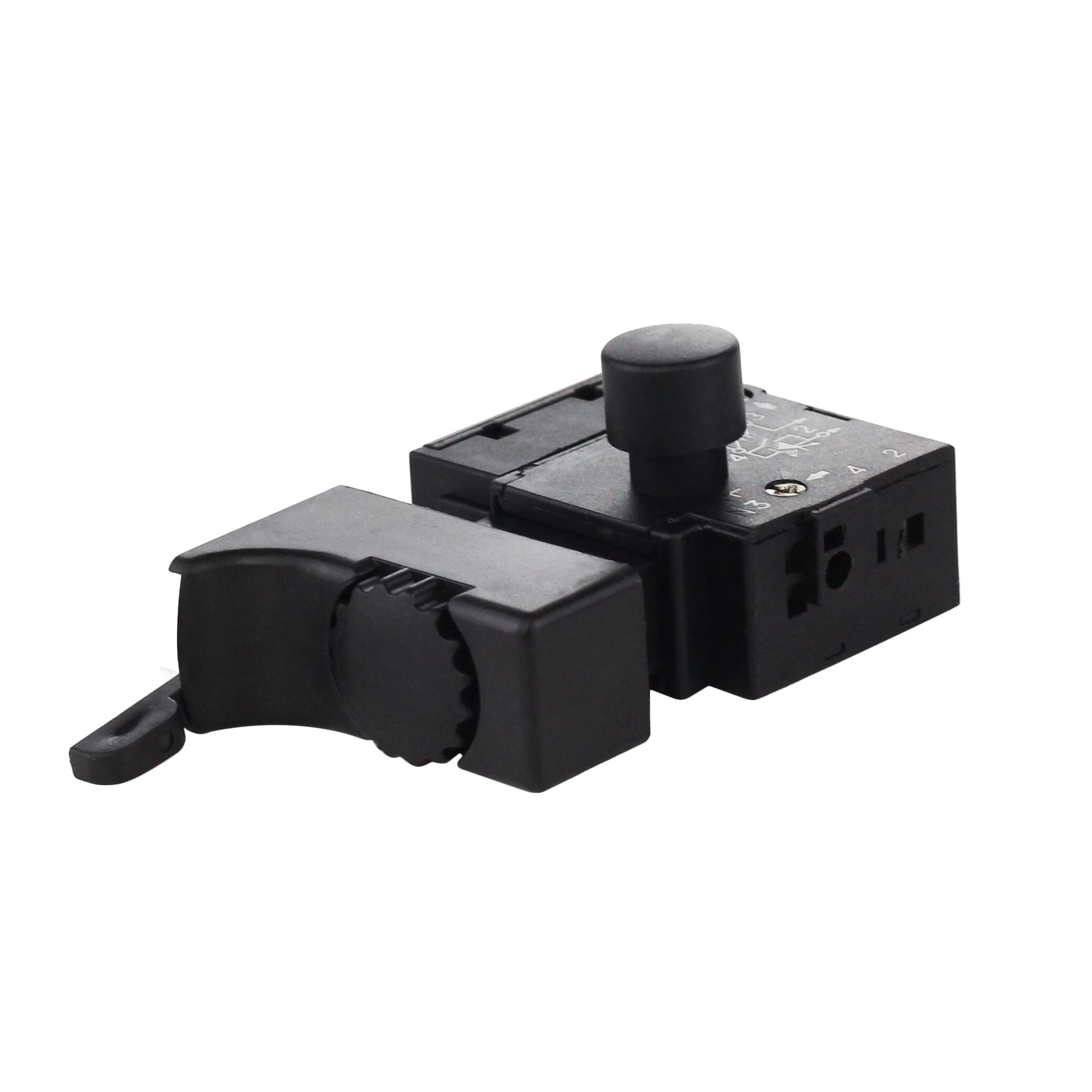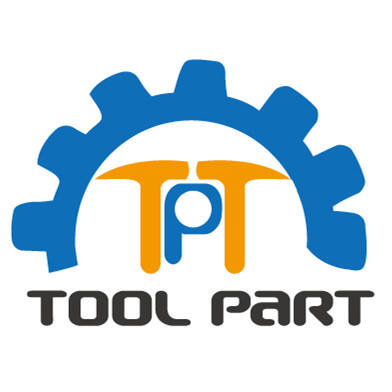Essential Safety Guidelines for Power Tool Attachment Usage
Working with power tool accessories requires skill, knowledge, and careful attention to detail. Whether you're a professional contractor or a DIY enthusiast, using these attachments correctly is crucial for both project success and personal safety. Understanding common pitfalls and proper techniques can make the difference between a masterful finish and a costly mistake.
Every year, thousands of injuries occur due to improper handling of power tool accessories. From incorrect blade installations to mismatched attachments, these errors not only compromise work quality but can lead to serious accidents. Let's explore the vital aspects of proper accessory usage and maintenance that every tool user should know.
Selecting and Installing Accessories
Compatibility Considerations
One of the most critical aspects of working with power tool accessories is ensuring perfect compatibility between the tool and attachment. Many users make the mistake of assuming that similar-looking accessories will work interchangeably across different tools. This assumption can lead to poor performance at best and dangerous situations at worst.
Always verify the exact specifications required for your power tool, including size, speed rating, and attachment mechanism. Manufacturers provide detailed guidelines for power tool accessories that match their equipment. Using incompatible attachments can result in wobbling, excessive vibration, or complete failure during operation.
Installation Best Practices
Proper installation of power tool accessories is fundamental to safe operation. Many users rush through this crucial step, leading to misaligned or loosely attached accessories. Always ensure the tool is unplugged or the battery is removed before installing or changing any attachment.
Take time to clean both the accessory and the mounting surface before installation. Even small amounts of debris can affect the grip and alignment of power tool accessories. Use the correct mounting hardware and tighten connections to the manufacturer's specified torque levels - neither too loose nor too tight.
Maintenance and Storage Protocols
Regular Inspection Procedures
Maintaining power tool accessories in prime condition requires regular inspection and care. Many users overlook the importance of checking their attachments before each use. Look for signs of wear, damage, or fatigue in cutting edges, mounting points, and working surfaces.
Create a routine inspection checklist for your power tool accessories. This should include examining for chips, cracks, or deformation in cutting tools, checking the sharpness of blades, and verifying the integrity of mounting mechanisms. Replace any accessories showing significant wear or damage immediately.
Proper Storage Solutions
Improper storage is a common mistake that can significantly reduce the lifespan of power tool accessories. Many users simply toss their attachments into toolboxes where they can become damaged through contact with other tools. Implement a organized storage system that protects each accessory from physical damage and environmental factors.
Consider investing in dedicated storage solutions designed specifically for power tool accessories. Use cases or holders that keep items separated and protected from moisture and dust. Proper storage not only extends the life of your accessories but also makes them easier to locate when needed.
Operating Techniques and Common Errors
Speed and Pressure Management
Many users apply excessive force or run power tool accessories at inappropriate speeds. This common mistake can lead to premature wear, poor results, and potential safety hazards. Different materials and accessories require specific speed settings and pressure applications for optimal performance.
Learn to recognize the appropriate operating parameters for each type of accessory. For instance, cutting tools often work best with steady, moderate pressure rather than forced pushing. Let the tool and accessory do the work at their designed speed rather than trying to force faster results.
Material-Specific Considerations
Using power tool accessories on incompatible materials is another frequent error. Each attachment is designed for specific applications and materials. Using the wrong accessory for a particular material can result in poor performance, damaged workpieces, and potential safety risks.
Research and understand the intended use of each accessory in your collection. Pay attention to manufacturer recommendations regarding material compatibility. This knowledge helps prevent damage to both the accessory and the workpiece while ensuring optimal results.
Frequently Asked Questions
How often should power tool accessories be replaced?
The replacement frequency depends on usage intensity and type of accessory. Generally, replace cutting tools when they become dull or show signs of wear, grinding accessories when they lose their abrasive quality, and drilling accessories when they no longer cut efficiently. Regular inspection helps determine when replacement is necessary.
Can I use universal power tool accessories across different brands?
While some power tool accessories are designed to be universal, it's crucial to verify compatibility with your specific tool model. Always check the manufacturer's specifications and ensure the accessory meets all size, speed, and mounting requirements for your tool.
What are the signs that a power tool accessory needs immediate replacement?
Key indicators include visible damage like chips or cracks, unusual noise or vibration during use, decreased performance or efficiency, and visible wear beyond recommended limits. Any accessory that shows these signs should be replaced immediately to maintain safety and performance.
